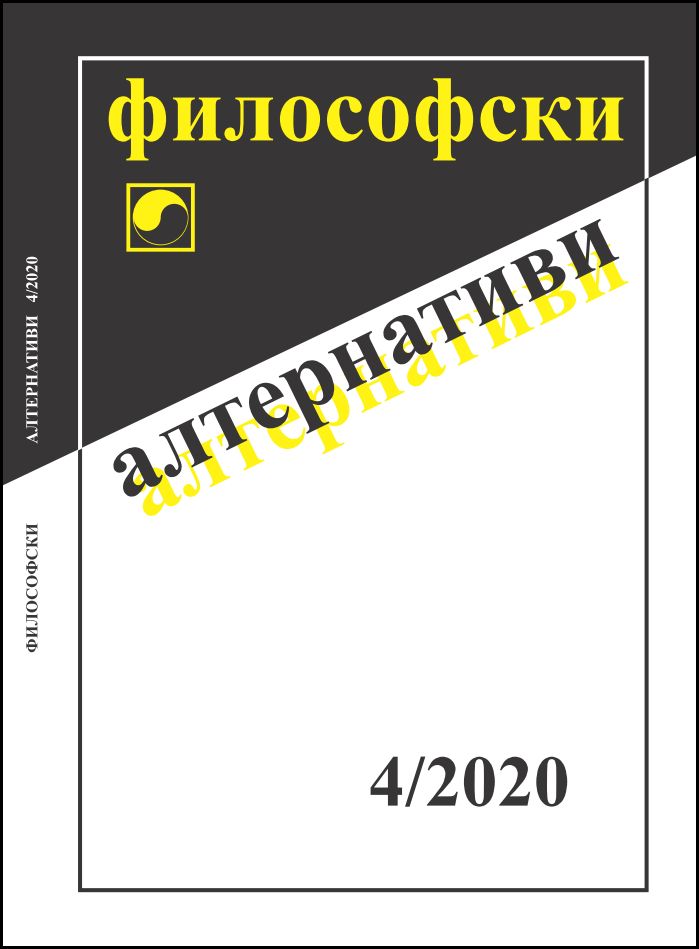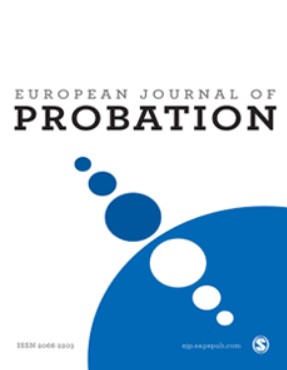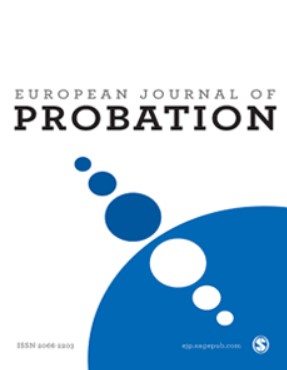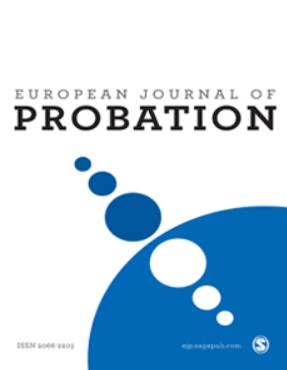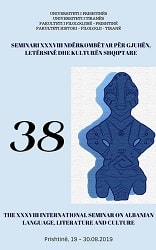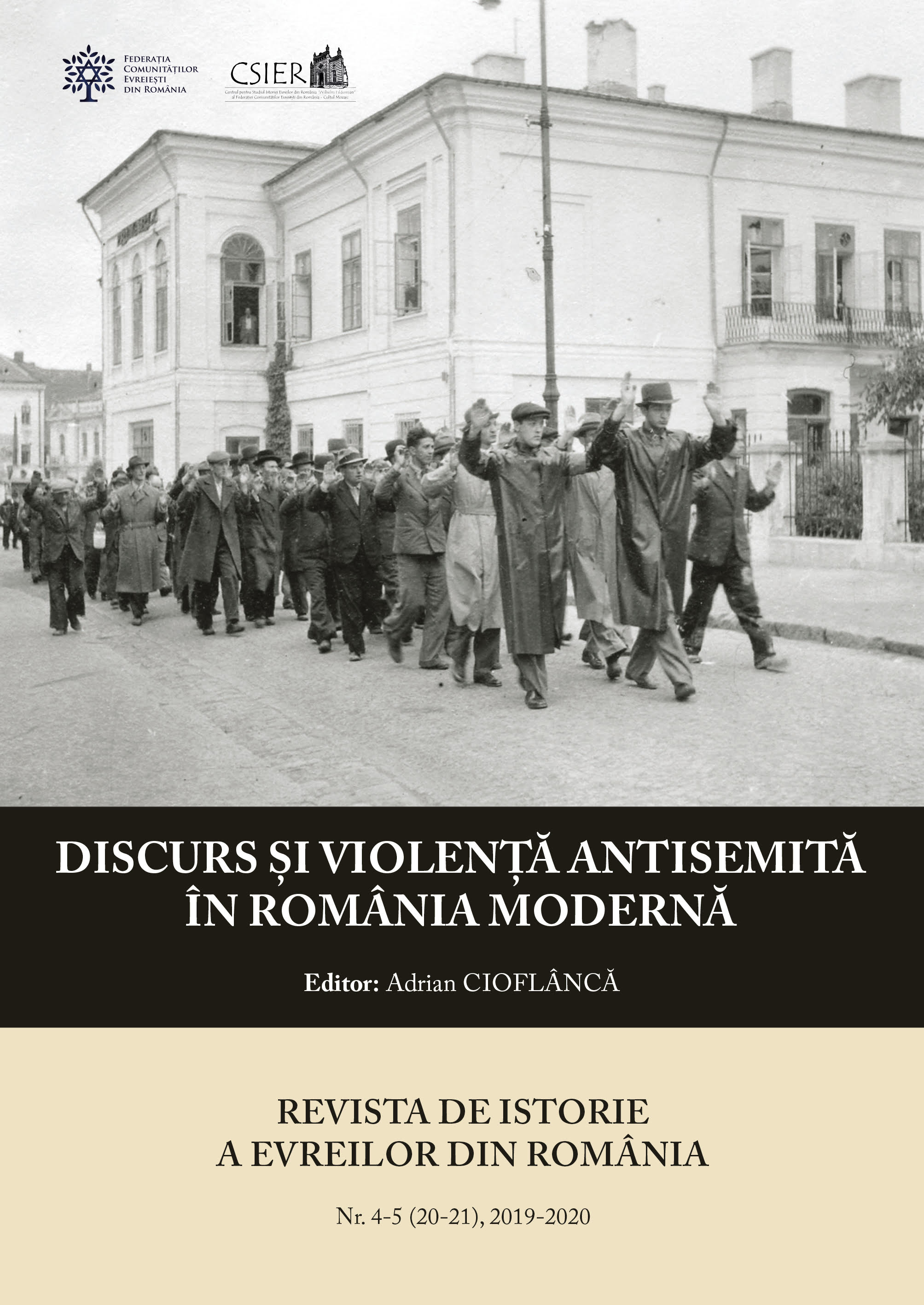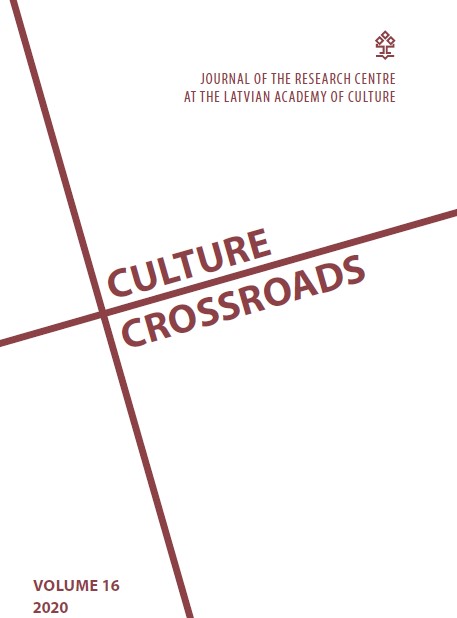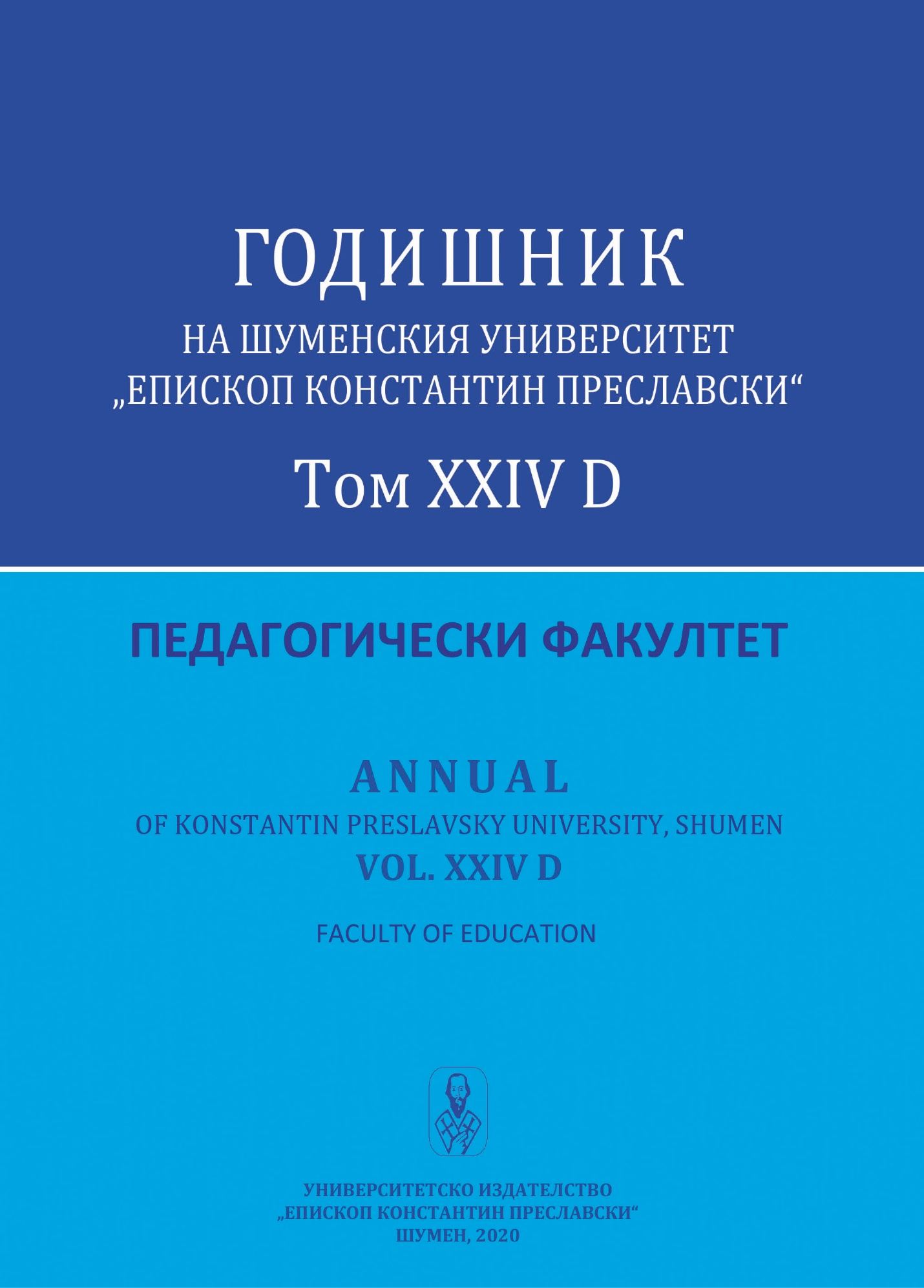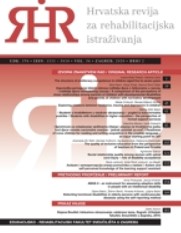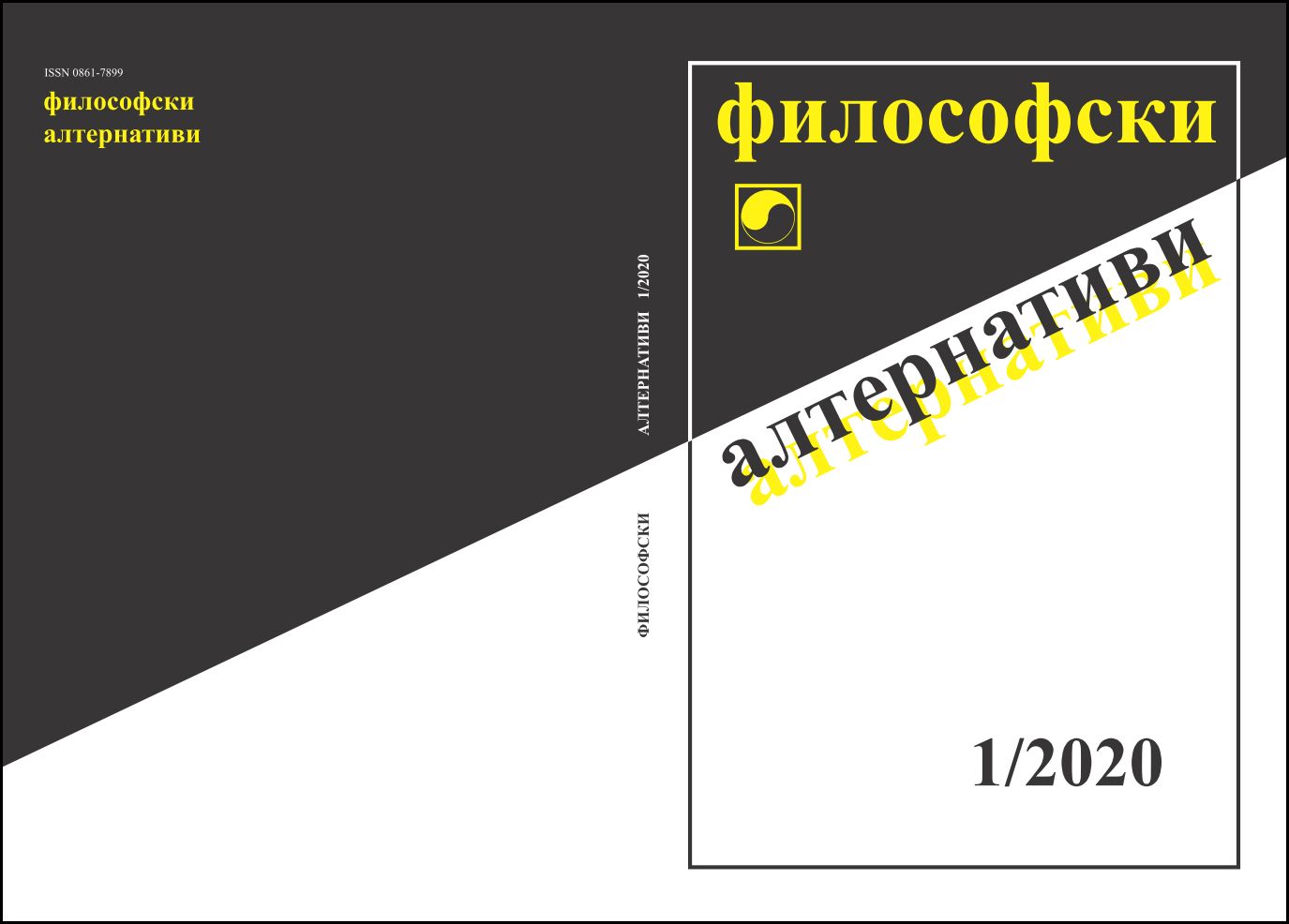
Комуникативната функция на танца като предмет на философската естетика
This study focuses on an essential aspect of dance that is often neglected or rejected in dance research. The being of dance is viewed and considered as an aesthetic and social phenomenon. At the same time, the study postulates that dance – as an art form and as a social phenomenon – is a way of communication, of non-verbal expression, and a miscellaneous means for interchange of thoughts, feelings, perceptions and ideas between the participants in dance reality, an invitation to the outside world to enter within. The article holds the view that dance necessarily carries some kind of message and content. The means of expression involved in dance reveal their potential to transcend, transmit, to imply or hint, and sometimes even to hide meaning within the realized dance reality. In addition, the detailed analysis of the ballet-mime scene in Swan Lake traces a conversation, a “silent dialogue” between the two main characters, which is probably one of the best illustrations of the direct act of communication through art in general, and dance in particular.
More...
